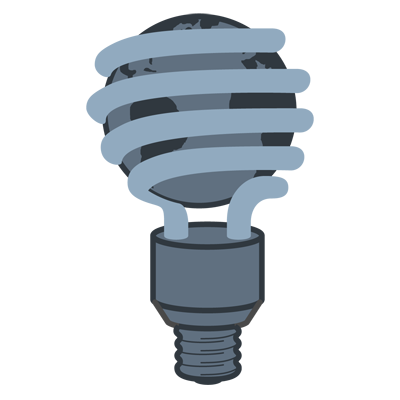Salts are made of cations and anions. Mixing salts in water often makes the solutions increase in temperature (exothermic hydration/dissolution) or decrease in temperature (endothermic hydration/dissolution) based on the anions and cations involved. Moar science!
The goal will be to determine which anions and cations make their salts dissolve exothermically or endothermically based on adding various amounts to water, and to predict what the behavior of other untested salts, or other untested quantities of these salts. Something something, chemistry, something something.
In 2023, we used ammonium chloride, ammonium nitrate, copper nitrate, sodium chloride, and sodium hydroxide. This list was chosen as the chemicals are rather inexpensive and there are multiple repeats to aid comparisons (i.e. two contain ammonium cations, two contain sodium cations, two contain nitrate anions, and two contain chloride anions). There are also no major issues with waste generation (as long as the sodium hydroxide is kept dilute) and all the waste mixtures can mixed together in a singular waste stream.
In groups of two, the students will measure out 1 g, 2 g, and 3 g of each chemical and add it to 10 mL of water. Later the students can predict what the temperature change will be for 5 g of that particular salt. For a class of 24 (twelve groups of two) that means we’ll need:
- Twelve thermometers
- Twelve 50 mL beakers
- Twelve stirrbars
- Twelve stirplates
- 200 g of each chemical

 Research
Research
 Energy
Energy
 People
People